Over a period of three years, South African photographer Russell Leo Bruns created a number of images that would later become Candyland, a project that confronts and explores his position as a white South African, in a country acknowledged as remaining deeply divided by class, race and gender.
Despite the end to apartheid some 22 years ago, a disappointingly small amount of ground has been covered on the path to racial equality. Bruns’ images warn of the perils of a collective societal blindness, where familiarity has rendered racism invisible, and perceptions no longer lead to change. The literal translation of apartheid is ‘apart-hood’ – a sentiment not dissimilar from the way Bruns’ images feel as a viewer, and one that is certainly not coincidental.

“I was rewatching Yizo Yizo [a breakout South African drama from the 1990s] and found myself asking: ‘If I was watching this today, would I even know it was made 20 years ago? So little has changed,’” says Bruns.
That realisation would eventually snowball into Candyland. “I reached a point where I was no longer comfortable interrogating other people’s contexts,” he explains. “I knew that before I could even begin to understand the entire spectrum, I had to look at my own environment, at where I stood within this space.”
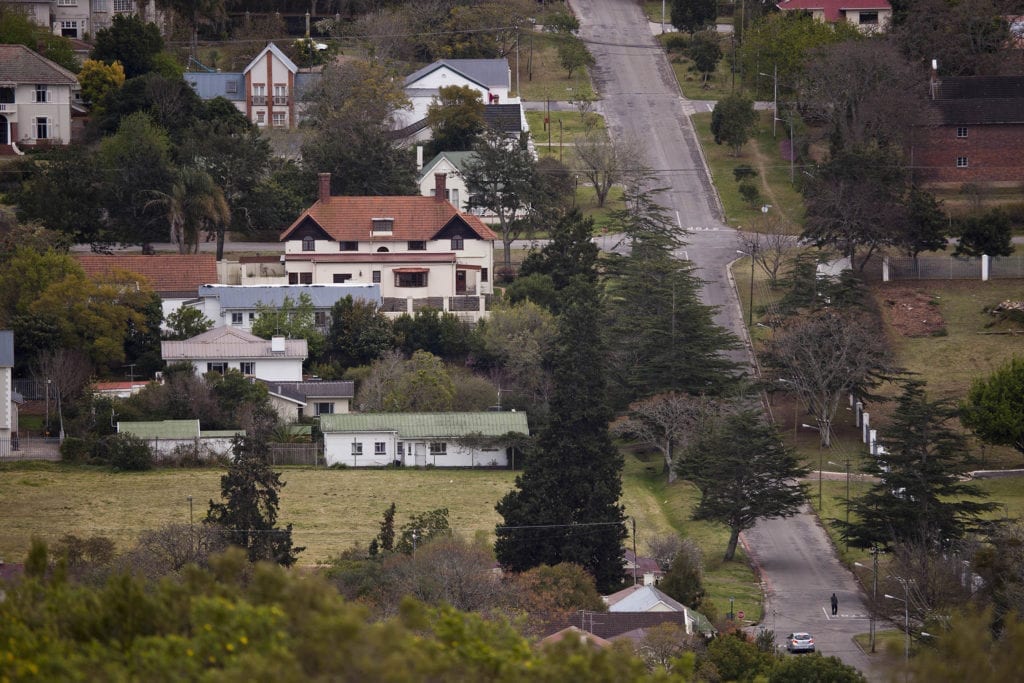
Bruns spent the following three years focusing on telling the story of this complicated country by exploring the only context he felt qualified to comment upon – his own. The resulting images portray a profound sense of responsibility and social awareness that can only be achieved with thorough and continuous observation.
Bruns may not have actively perpetuated this system of division, but he has certainly benefited from it. In many of the images, an acute awareness of this fact is palpable.
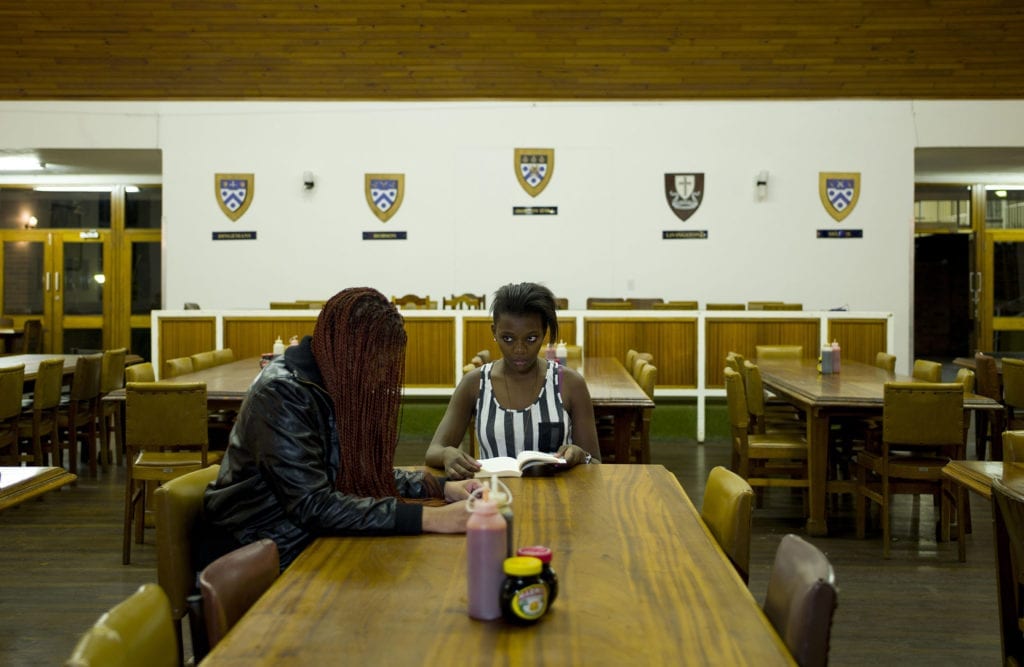
Heewon (below) was shot during a week-long visit Bruns made to his former primary school in Paarl. He described the experience:
“The classrooms I observed were barely more diverse than when I attended, and the emphasis on discipline and uniformity dominated the institutional agenda … as I was observing the children during lunch, I saw a boy playing on his own, with his shirt hanging out and his shoelaces untied. The departure point for the image was the unconscious rebellion of the boy’s actions against the severe norms.”
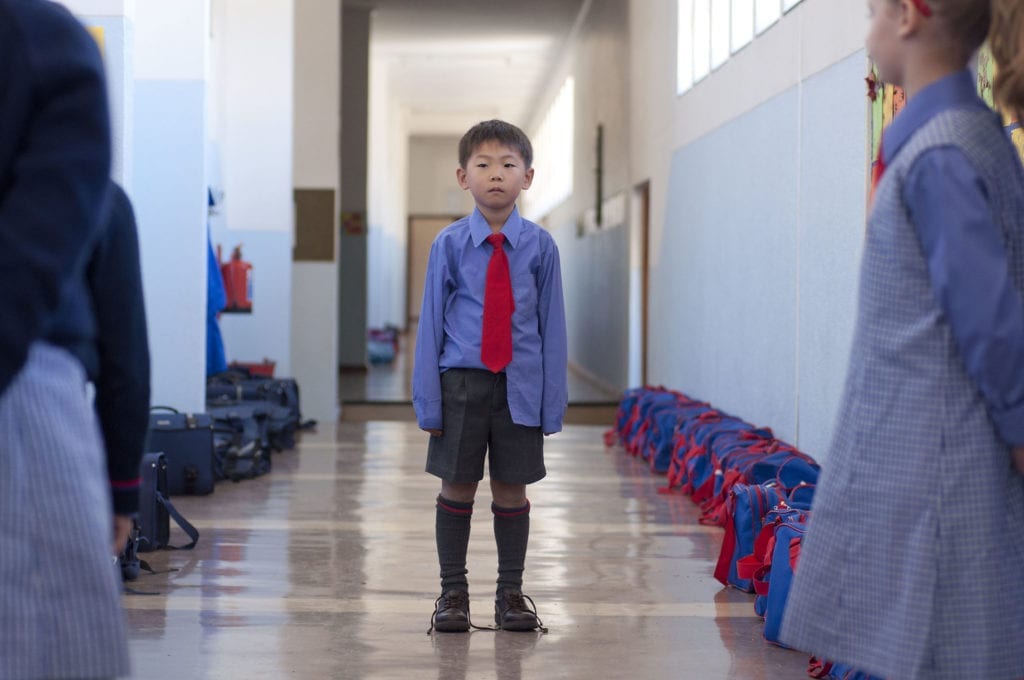
Influenced by the works of photographers such as Alf Kumalo, Santu Mofokeng, David Goldblatt and Jeff Wall, Bruns has created his own style of pseudo-documentary image-making in a post-apartheid context.
“If anything, past ideologies have actually gained momentum,” he says. “Violence has not stopped, it’s just evolved. Now what we’re dealing with is a violence of the mind … it’s such a violent space to be in if you’re not welcome – psychologically and structurally.”
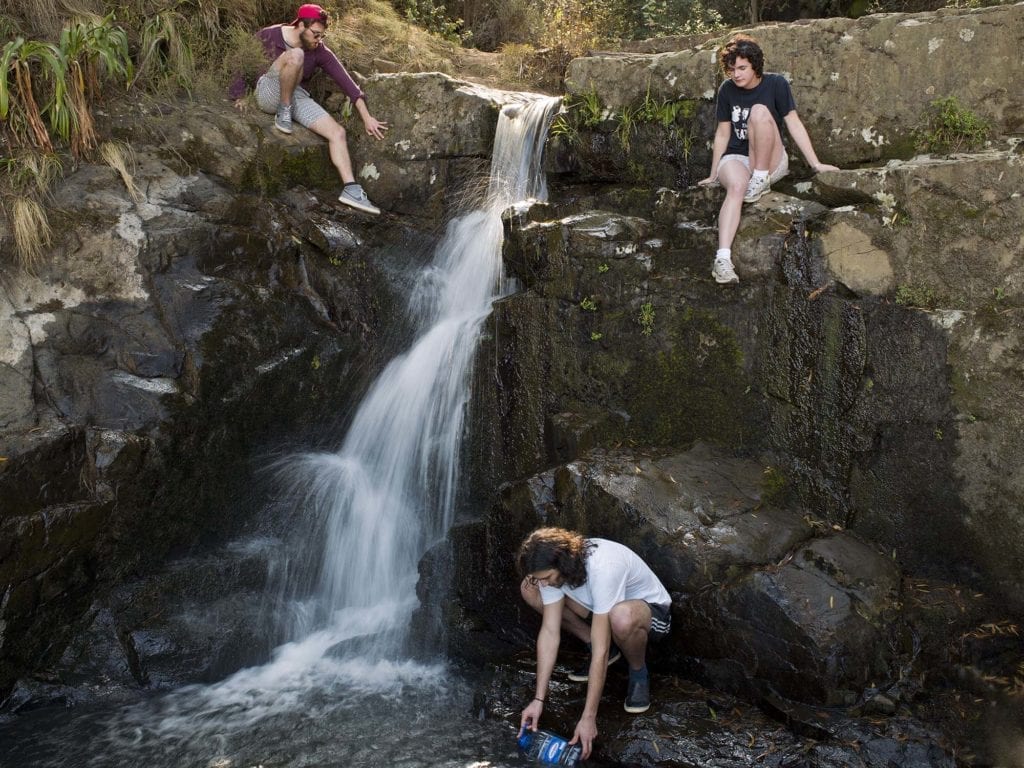
Symbols of oppression are everywhere in South Africa, and like many of the country’s towns, Grahamstown is home to extensive colonial architecture. This truth is tantamount in the image Man and car at a stop street, which shows a black man alone and in a state of suspense, surrounded and dwarfed by colonial style houses that serve as reminders of the wealth and privilege to which he is actively excluded.

Amidst the overwhelming context that informs them, it’s sometimes easy to overlook the merit of Bruns’ works as impressive images in their own right. His photographs are beautifully composed and rendered, while retaining an aesthetic that feels coarse and intrusive, displaying the everyday in naked, alien form. They pretend to be documentary images, and at the same time are unashamedly synthetic.
Candyland’s narrative is one of contradictions: bright, vivid images depicting the mundane, unglamorous and repetitive serve as a reflection of the less-than-colourful truth beyond a tired “rainbow nation” rhetoric.
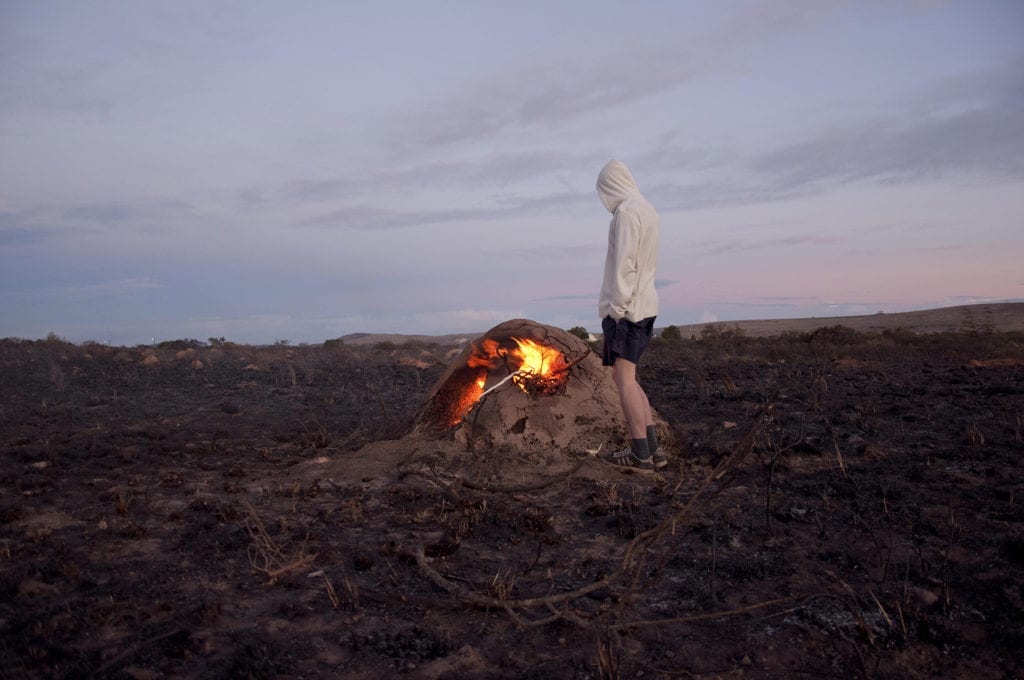
During their exhibit at the Standard Bank Gallery in Grahamstown, Bruns’ images were accompanied by a video piece entitled 3402 likes – a composite cautionary tale that utilises real Facebook statuses as dialogue. The videos are a startling representation of a vacuous, self-righteous young social elite who remain oblivious of their own culpability, and in so doing cement it. It is full of ill-informed political posturing and vain proclamations relating to body and fitness, punctuated with bouts of undeniable racism: “If I have to ask my maid one more time to wash my Country Road Jersey by hand, that will be the end.” Slowed down to disturbing effect, the finished product is equal parts poignant and cringeworthy.

In a post-Brexit Britain, one cannot escape the feeling that there is a lesson to be learned here: South African society is not exclusively run by racist individuals, but by those oblivious to the skewed nature of the system they operate in. In this manner, Candyland asks us an important question: does ignorance abrogate culpability?
